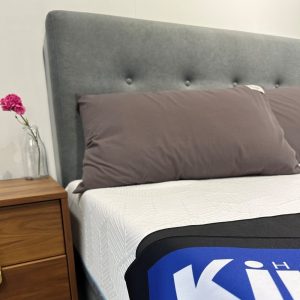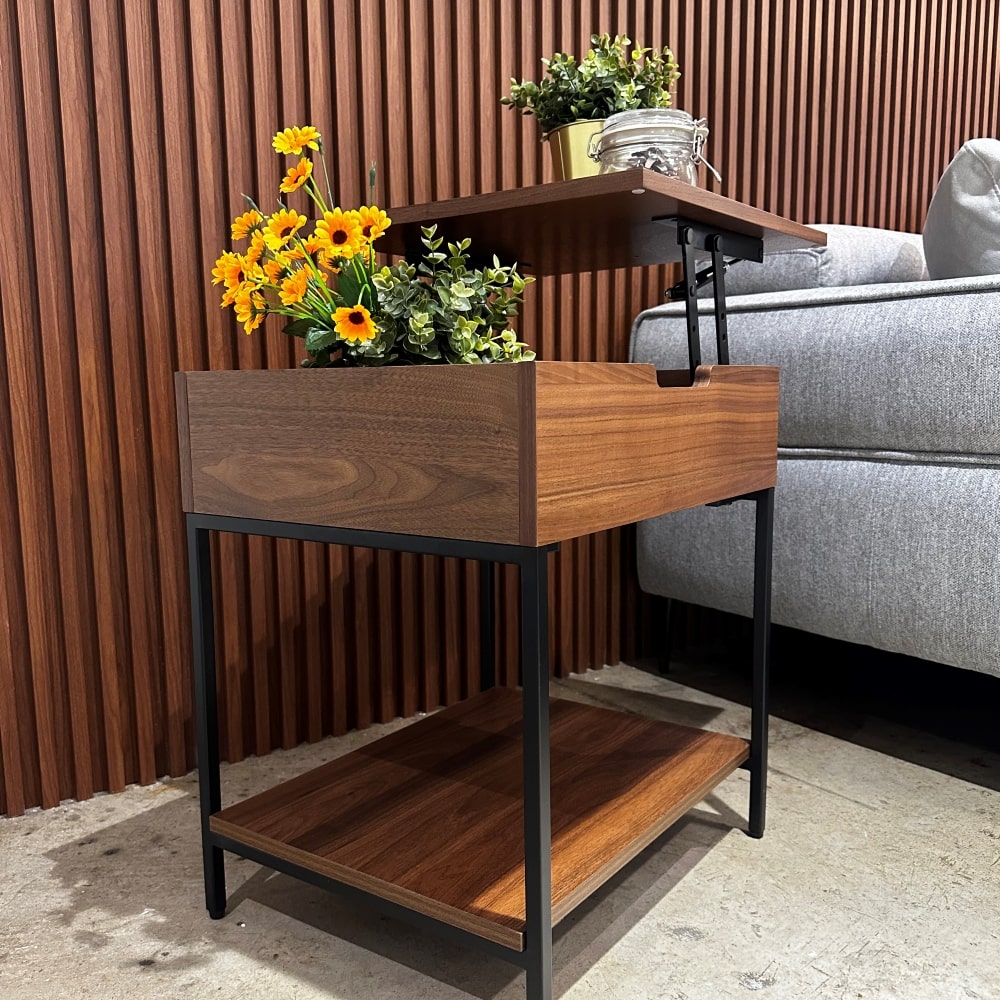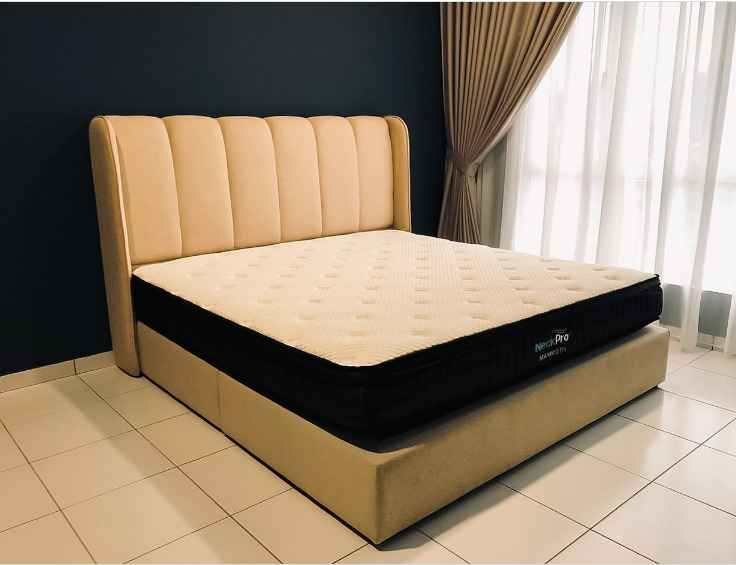Whether you’re shopping for a new mattress or simply looking to upgrade your current bed situation, choosing the right mattress can be a challenging decision, especially with the many options available on market; two of the most popular choices are spring and foam mattresses. Choosing the right mattress is a crucial decision that significantly impacts your sleep quality and overall well-being. In this article, we’ll break down the key differences between spring and foam mattresses, helping you decide which is better for you.
Spring Mattress
Spring mattresses, like the Passions mattress from our mattress collections, are constructed with metal coils and foam rubber inserts that provide support and cushioning for your body. The number and type of coils can vary, influencing the mattress’s firmness and support. They also come in various firmness levels, ranging from soft to extra-firm, allowing you to customize your mattress to your specific needs. While spring mattresses are known for their responsiveness, providing good support and pressure relief, they tend to be more prone than foam mattresses to sagging or softening over time as the springs can wear out, causing noisy beds.
Types of Spring Mattresses
Spring mattresses are made up of various forms and types of spring. Each of the springs offers unique properties and comfort levels. Here are the common types:
- Bonnell Coil: This is the most traditional spring system used in mattresses. It features an interconnected coil system placed in a pattern. This type of spring can offer good body support but you may experience more motion transfer.
- Pocket Coil: In this type, each of the coils is individually wrapped in a fabric pocket, allowing for better motion isolation and a more personalized support. This mattress type is often considered a step up in terms of comfort and quality.
- Offset Coil: They are similar in design to Bonnell coils but the springs are joined together with hinged wires. This allows for added flexibility and support to the users.
Continuous Coil: The spring for this type of mattress is made from a single, continuous wire that interconnects with each other using helical wires. This type of mattress often offers a firm feel and is often found in more budget friendly options.
The Pros and Cons
There are a few pros and cons for having a spring mattress that you should look out for before buying one :
|
Pros |
Cons |
|
|
Foam Mattress
Foam mattresses, like Sleepy mattress from our mattress collections, are made using foam material that molds to the shape of your body, providing additional support and pressure relief. This type of mattresses are made from layers of foam, such as memory foam, latex foam, or polyurethane foam. Each type of foam offers varying levels of firmness to provide a customized sleep experience to meet your specific needs. They also tend to be more durable than spring mattresses, as they don’t have springs that can wear out over time. However, some individuals may find foam mattresses too firm or too soft, depending on the type and density of the foam.
Type of Foam Mattresses
Foam mattresses are made up of various types of foam, each one offering unique properties and comfort levels. Here are the common types:
- Memory Foam: This type of foam is well known for its body contouring ability. Memory foam can respond well to pressure by moulding to your body shape, which helps in relieving pressure points.
- Latex Foam: Derived from natural rubber, latex foam is highly durable, supportive, and provides an excellent bounce and breathability. This foam is often considered a premium option due to their price tag.
Polyurethane Foam: This is the most common type of foam used in mattresses. Its available in various densities and firmness levels, offering you a good balance in both comfort and support.
The Pros and Cons
Just like spring mattress, there are a few pros and cons for having a foam mattress that you should look out for before buying one :
|
Pros |
Cons |
|
|
Choosing the Right Mattress
When it comes to selecting the right mattress for you, the most important thing is to consider your unique sleep needs and preferences. Here are some factors to consider when choosing the right mattress:
|
Feature |
Foam Mattress |
Spring Mattress |
| Sleeping Position | Ideal for side sleepers | Suitable for back and stomach sleepers |
| Temperature Regulation | Modern foam can be cool with advanced technologies | Tends to be cooler due to airflow |
| Firmness Level | Wide range of firmness, depending on user’s choice | Wide range of firmness, depending on user’s choice |
| Budget | Generally higher price point | Wide range of price points |
| Durability | Typically longer lifespan | Durability depends on spring quality |
| Maintenance | Easier to maintain | Requires regular flipping or turning |
| Motion Sensitivity | Isolates motion well | More prone to motion transfer |
Conclusion
Ultimately, the best mattress is one that meets your specific comfort, support, and budget requirements. Spring mattresses offer robust support, breathability, and a traditional feel, making them a great choice for back and stomach sleepers. Foam mattresses provide excellent motion isolation, customized support, and long-lasting durability, making them ideal for side sleepers and couples.
To determine which type is better for you, consider your sleeping position, budget, temperature preference, and sensitivity to motion. If possible, try both types in a store to see which one feels more comfortable for you. With the right mattress, you’ll enjoy restful, rejuvenating sleep night after night.








